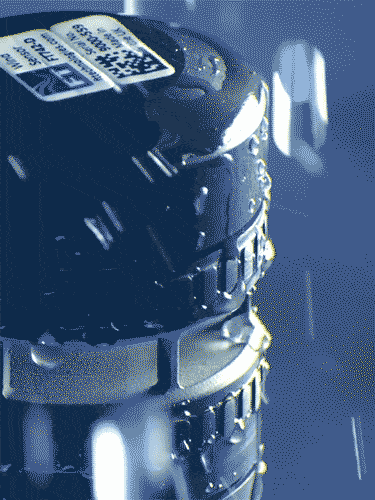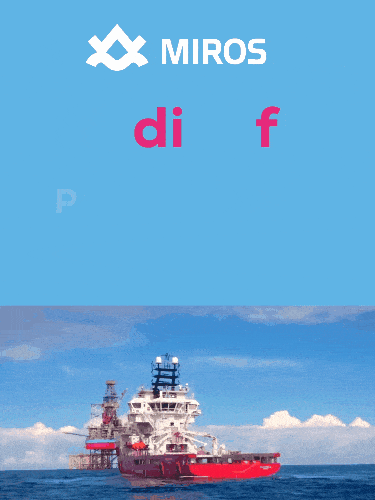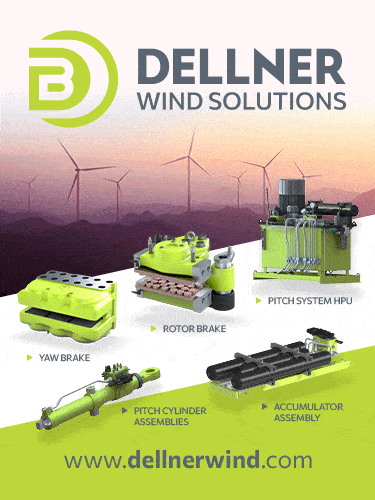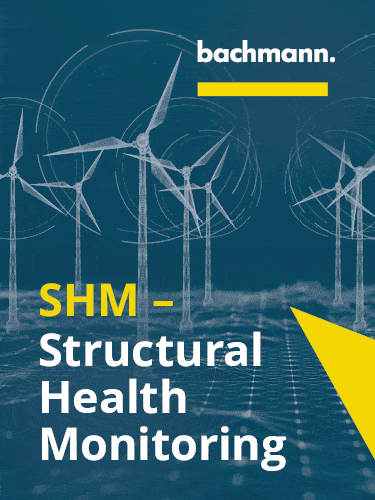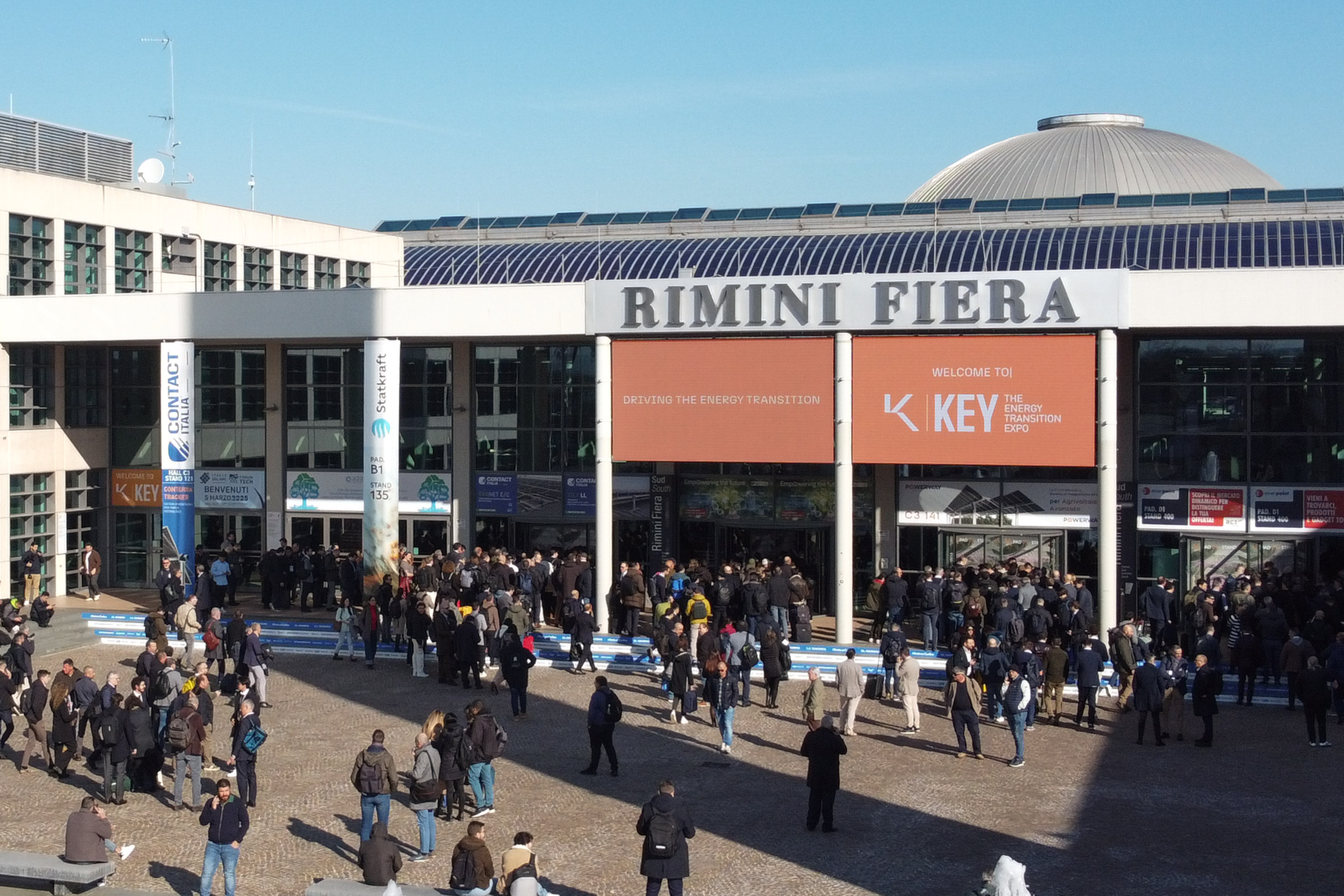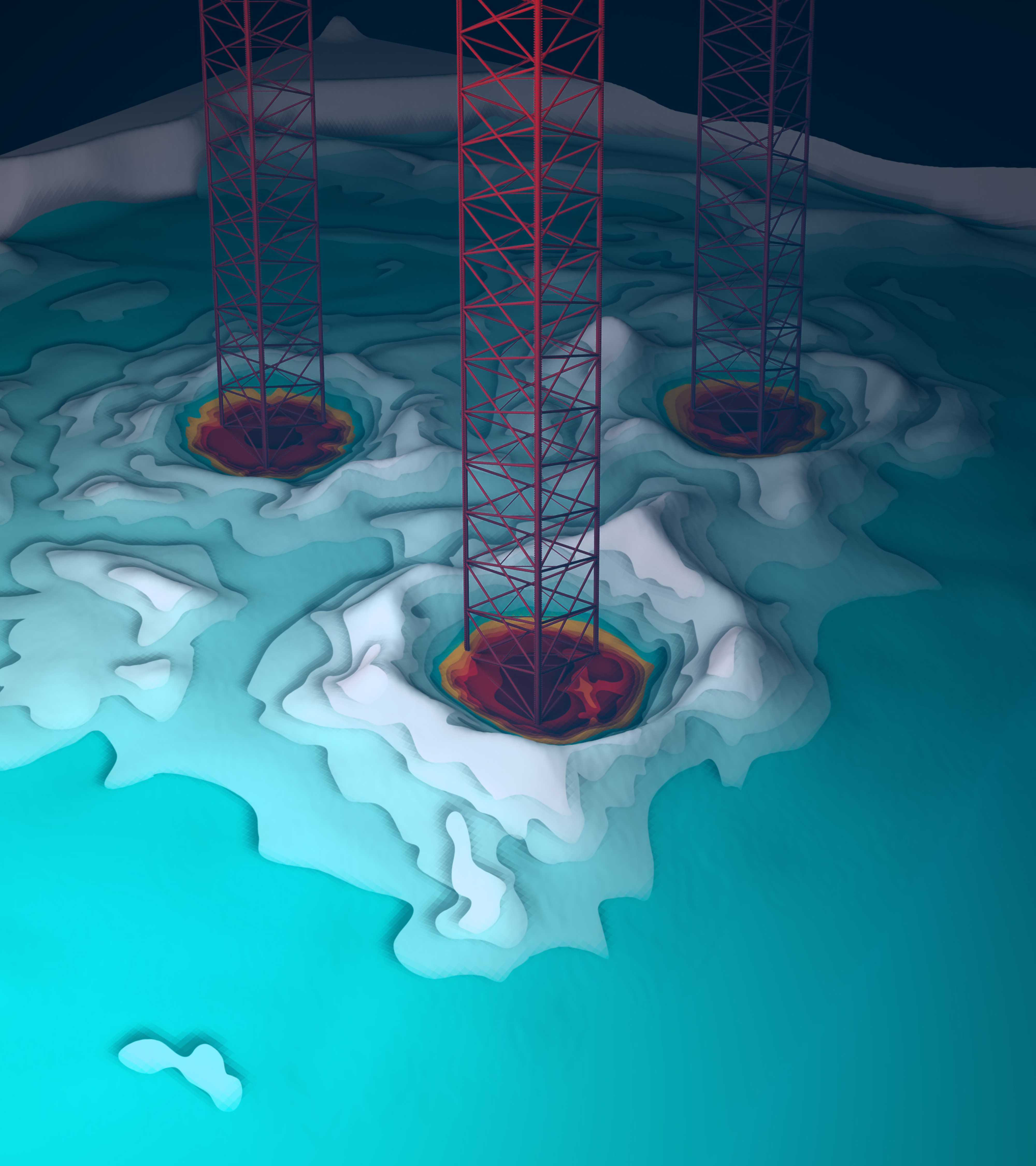Exclusive Articles
The silent precision behind the energy transition
Published in: Wind, Talking Point, Exclusive Articles
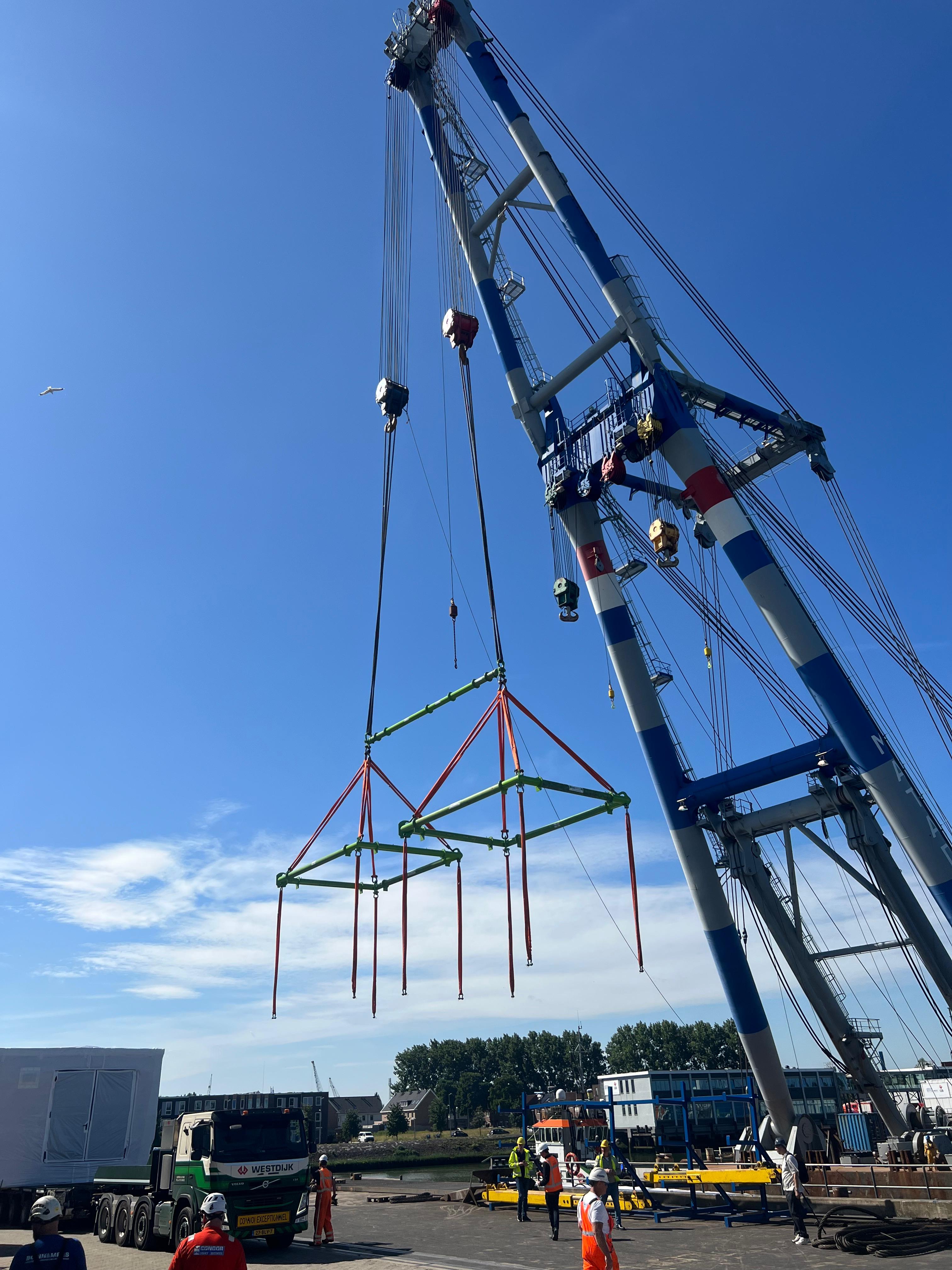
The rise of wind energy across Europe and beyond is undeniable. Where wind turbines were once modest structures, today’s installations soar above the horizon, with rotor blades longer than an Airbus A380 and nacelles weighing hundreds of tons. This scale-up is no mere trend; it is a necessary step to achieve the capacity required for the energy transition. Behind these impressive numbers lies a less visible yet crucial element: the lifting operations that connect every component of this infrastructure, from the factory floor to the end user.
Examining the full wind energy chain, it becomes clear that lifting and rigging repeatedly form the indispensable link that enables progress. Whether it is installing offshore monopiles, transporting transformers and cable modules to onshore substations, or replacing a damaged turbine blade in the middle of the sea, success depends on the correct configuration of spreader beams, frames, slings and shackles. Not as a side condition, but as a central factor in every project’s success.
Offshore challenges: gravity, sea conditions and tight weather windows
At sea, the technical and logistical demands of the sector come sharply into focus. Installing a 90-meter monopile or a jacket foundation weighing thousands of tons requires not only high capacity cranes but also rigging solutions that reliably and safely distribute loads. When a nacelle of 300 tons or more is lifted onto a tower, millimeter precision is essential to prevent damage to both components and lifting equipment.
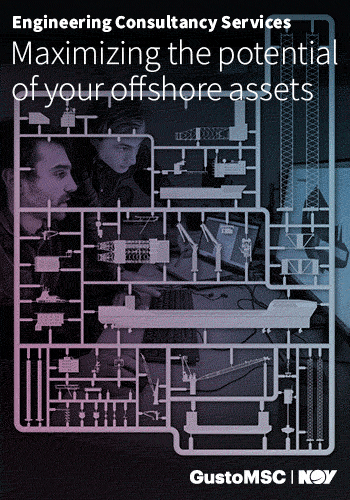
.gif)
